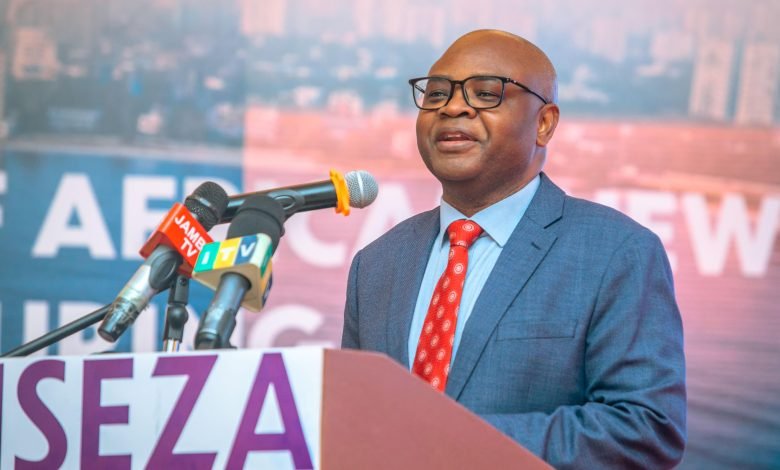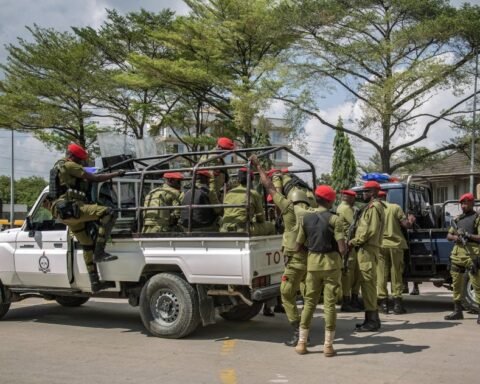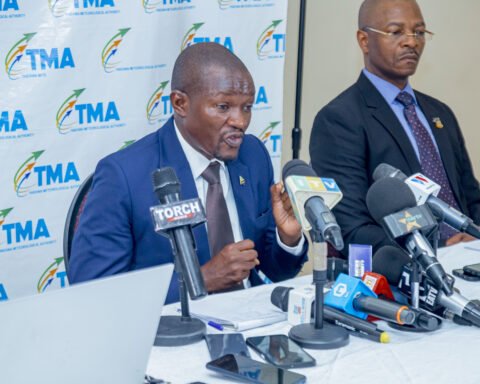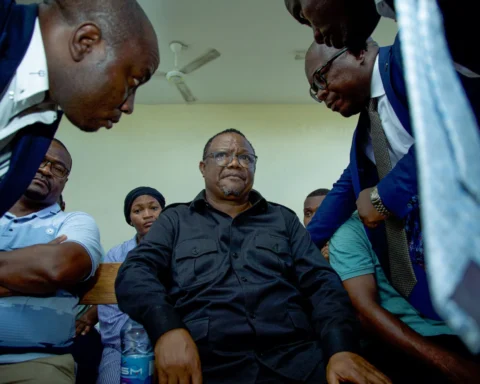The government of Tanzania has officially designated five new Special Economic Zones (SEZs) in a strategic push to accelerate industrial growth and ensure that citizens reap the benefits of the nation’s economic transformation.
The newly approved zones—Nala Dry Port in Dodoma, the Benjamin Mkapa Special Economic Zone, Bugwagi, Kwala, and Bagamoyo—were selected for their strategic locations and strong connectivity to national infrastructure. Many of these sites are linked to the Standard Gauge Railway (SGR), offering efficient access to key ports and regional markets across East Africa.
Under the new policy, every SEZ investment must have at least 30 percent ownership by Tanzanians or be structured as a joint venture with local partners. Officials say this measure is intended to strengthen domestic participation in high-value industries and promote sustainable economic development.
Speaking at the official launch, Minister of State in the President’s Office for Planning and Investment, Prof. Kitila Mkumbo, said the move is fully aligned with Tanzania Vision 2050—a long-term plan that puts industrialisation at the heart of the country’s growth strategy.
“This initiative is about more than building factories,” Prof. Mkumbo said. “It’s about creating jobs, adding value to our resources, and ensuring Tanzania becomes an inclusive middle-income economy with a strong industrial base and robust exports.”
The five designated zones include:
- Nala Dry Port SEZ in Dodoma — a major inland logistics hub designed to serve as a trade gateway to the interior.
- Benjamin Mkapa SEZ in Dar es Salaam — an expanded industrial area aimed at attracting large-scale manufacturing.
- Bugwagi SEZ in Shinyanga — focusing on mineral processing and agro-industry.
- Kwala SEZ in the Coast Region — geared towards light manufacturing and logistics.
- Bagamoyo SEZ — part of a planned eco-maritime city with port and industrial facilities.
The government expects these zones to contribute significantly to GDP growth by fostering labour-intensive industries, building supply chain linkages, and boosting exports. Investors in SEZs will benefit from incentives such as tax breaks, streamlined regulations, and guaranteed infrastructure including electricity, road access, and rail connections.
However, Prof. Mkumbo acknowledged that challenges remain, particularly high land lease costs, infrastructure gaps, and bureaucratic delays. He urged the Tanzania Investment and Special Economic Zones Authority (TISEZA) to work closely with local governments to address these bottlenecks and promote the zones both locally and internationally.
By combining modern infrastructure with policies that guarantee local ownership, Tanzania aims to position itself as a leading industrial hub in the East African Community. The initiative reflects a shift toward a more inclusive development model, where Tanzanians are not just employees but also shareholders in the country’s growth.







